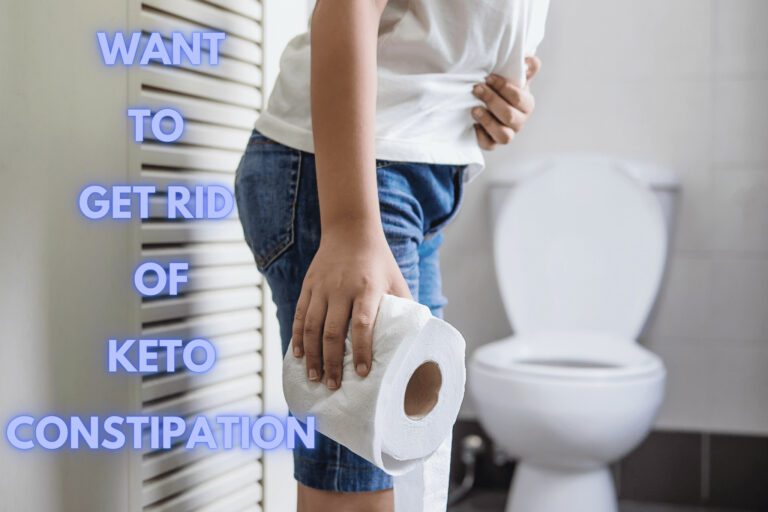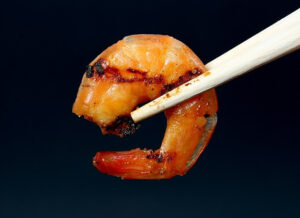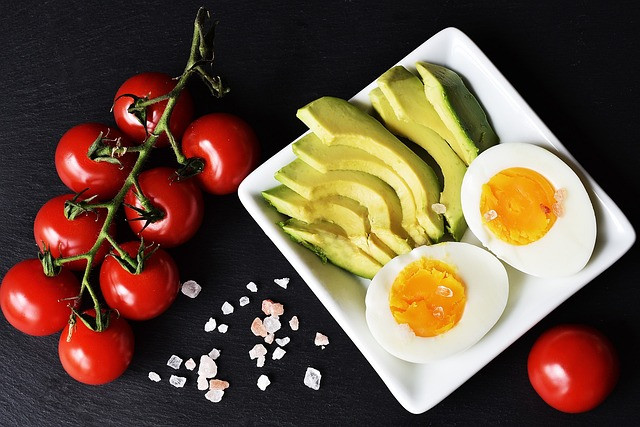What is Chronic Constipation in Keto Diet?
The keto diet is famous for the many health benefits, such as better energy for the body, decreased cravings, and weight loss. This high-fat diet [1] will carry the body into a ketosis state by removing carbs significantly and replacing them with high-fat or protein foods. When you’re in ketosis, the body burns fat for energy instead of glucose. While the keto diet can help burn your fat, side effects can also occur. Many of these side effects contribute to the lack of carbs in the gastrointestinal (GI) tract. Keto Constipation [2] is one such side effect. The problem starts when you get three or fewer bowel movements a week. Being constipated will make the stool formation difficult, lumpy, and challenging to push through.
There are many consequences of the keto diet like keto breath, keto rash, keto crotch, and Keto flu, a negative result of the keto diet, but all of them are temporary. No one talks about keto constipation, which far more time taking and dangerous. In theory, the keto diet can be perfect for reducing weight, but it includes a whole host of other effects, not so great.
Whenever you radically change the diet, which you can indeed with keto, your stomach will undergo some sudden changes. These things can cause gas, bloat, constipation, or diarrhea because keto varies too much from anything people usually eat. While the diet’s high-fat percentages make diarrhea more likely when you follow the letter, more protein will induce constipation throughout the diet. Furthermore, most keto diets are pretty low in fiber, making it much slower in the intestines.
This article tells you what you have to know about Keto constipation, its causes, how it can be handled, and how it can be avoided.
Why Does Chronic Constipation Occur in Low Carb or Ketogenic Diets?
Constipation in a keto or low-carb diet is caused by many causes, including [3]:
Dehydration
Chronic Constipation is often caused by not drinking much water all day long. Also, mild dehydration can cause constipation. So, even though you don’t thirst, but you have to stay hydrated. Water allows the colon to hydrate, which makes it possible to move the stool frequency. Add a pinch of Himalayan salt, an essential electrolyte, your water, and help to get your cell water more effectively, holding your cells hydrated.
Eating in a Stressed Manner
Eating in a parasympathetic (relaxed) mood is the secret to successful digestion. Most of us eat in a social situation, but sometimes we are rushed and do not adequately chew or eat our food. Chewing and swallowing in a relaxed manner is also referred to as a “cautious eat,” which provides us with the nutrition we need. Our saliva contains enzymes that help break down and pre-digest our food before it enters the stomach.
Changing from a traditional American diet to a low carbohydrate diet is a high priority to make healthy food decisions. A keto-expert says it is straightforward to get constipation, particularly when the shift from previous dietary patterns to new keto lifestyles is made in the transition period. That’s why keto should be practiced as healthily as possible. It is easy to drink butter coffee every day, but you still want to make sure that you have enough sources of fiber. Fibre manages to bulk up our bowel habits and move them more quickly.
Reduction in Fiber Intake
The American Heart Association says that the daily fiber content for an adult diet of a 2,000 calorie diet is 25 grams per day. Even if a significant portion of your ketogenic diet is a healthy fat, it’s essential to take more of your carbs with fiber-containing non-starchy vegetables. When you find you don’t get enough grams of fiber (constipation always create digestive issues after your vegetable intake is decreased) and you exceed the full number of carbs, you should take extra fiber intake. [4, 5]
Not Getting Enough Movement
The effects of daily physical exercise are known to most of us. But one advantage that you do not realize is that activity increases intestinal motility all day. This means that you even stimulate the intestines to move by rotating the body. Exercise also decreases the time of transit in the gut (reduced time between regular bowel movements). But make sure you wake early and go all day long. Only a short walk might not contribute to constipation significantly.

Remedies of Keto Constipation
Here are some strategies you can apply: whether you have constipation or are involved in taking measures to reach to the keto constipation relief.
1. Get Sodium and Potassium
Keto Flu and keto constipation’s most common signs are inadequate electrolyte levels, fatigue, weakness, headache, and irritation. To preserve the functionality of your digestive tract, sodium and potassium consumption can do so. The controlled analysis of 244 females who drank low-mineral water with constipation revealed a substantial increase in symptoms compared with females than the group who drank magnesium-fortified water.
2. Staying Hydrated
When you start drinking too much water [6], the urination increases, which can cause dehydration. Also, moderate dehydration in susceptible people has been correlated with constipation. Make sure that every day you drink enough fluid. For a low carb or Keto diet, a minimum of 2.5 liters of water are required per day for most people, and overweight people may need slightly more. But it’s a little individual. It’s easier to hold your water and drink at the first sign of your appetite instead of waiting for your next meal. Often, make sure the urine is bright yellow, not dark.

3. Engaging more Physical Activity
Inactivity is related to constipation for an extended period, while daily exercise may help sustain a balanced and healthy bowel function. One research investigating the effect of the physical exercises on keto constipation and other GI disorders showed that, while the optimum form and quantity were not determined, it was effective in nearly all situations. It is necessary to rotate the body every day to cure keto constipation. For this cause, it is essential to choose an exercise or workout you want to do and can continue with on a long-term basis.
4. Adjusting your Fiber Intake
Many see the regular intake of foods high in fiber contributes to regularity. Several controlled experiments have shown that fibers’ inclusion typically increases BM stability and frequency in people with keto constipation. Thanks to its plenty of water-retaining ability, soluble fiber was beneficial for preventing dry, hard heaters. Happily, in many keto high-fiber foods, soluble fiber is contained. Avocados, broccoli, blackberries, flax seeds, and chia seeds are some of the world’s finest suppliers. (See for at least one hour before they are consumed, to soak them.)
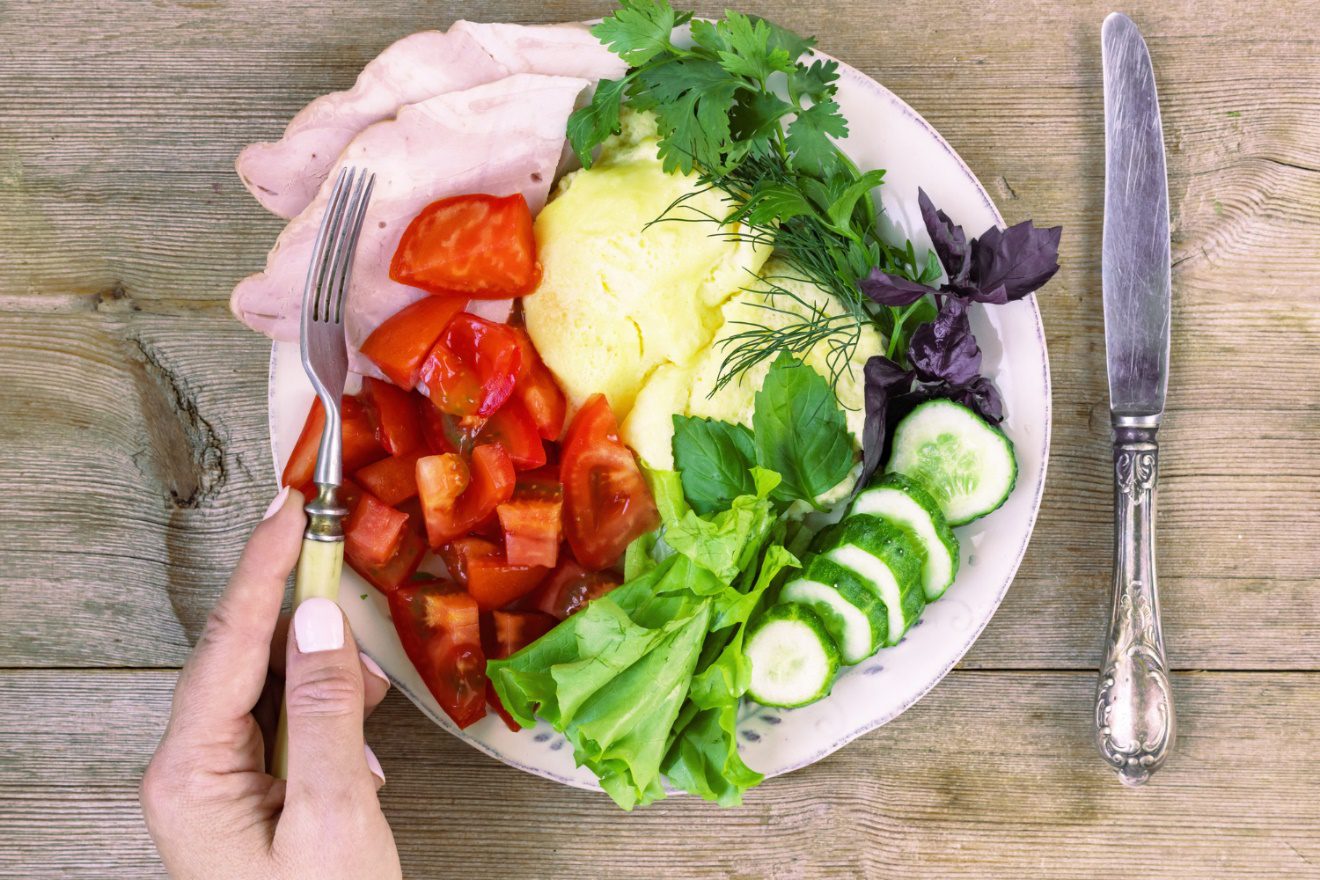
Rhubarb is a low-carb food with high insoluble fiber and contains a compound for its mild laxative properties Rhubarb. When consuming fiber-rich foods, the intake of sufficient fluid is much more critical. If you don’t drink enough water, your fiber consumption can potentially exacerbate keto constipation.
5. Soak Nuts and Seeds
While we prefer to think about nuts and seeds because of their high fiber contents as a cure for constipation, these keto food options may be a source or a contribution to some people. However, before eating nuts and seeds, you will be able to reduce these symptoms. Soaking and dehydration of seeds and nuts can also increase your digestibility by absorbing the nutrients they contain. Around 30-60 grams of nut allergies and sensitivities should be well tolerated each day.
6. Don’t Overdo Dairy
When you reduce carbs, more dairy food sources, particularly cottage cheese and yogurt, could be included in your low carb or keto diet. Trying to minimize it to see how your effects increase will help if you’ve just begun to eat low carb and have added more cheese, milk, and yogurt to your diet. The milk can also be switched to non-dairy substitutes such as coconut, and almond milk.
7. Take Care of your Magnesium Intake
If you have moderate amounts of magnesium, constipation is a typical side-effect of magnesium deficiency. If you try to prevent nutrient deficiencies, you will likely not get enough vitamins and minerals when you exclude certain food classes from your diet or limit your intake. Luckily, it is possible to find other outlets that do not hurt the diet for these primary nutrients. Try using a supplement if you have a magnesium deficiency and cannot replace it adequately with food. Few magnesium forms are better absorbed than others, though.
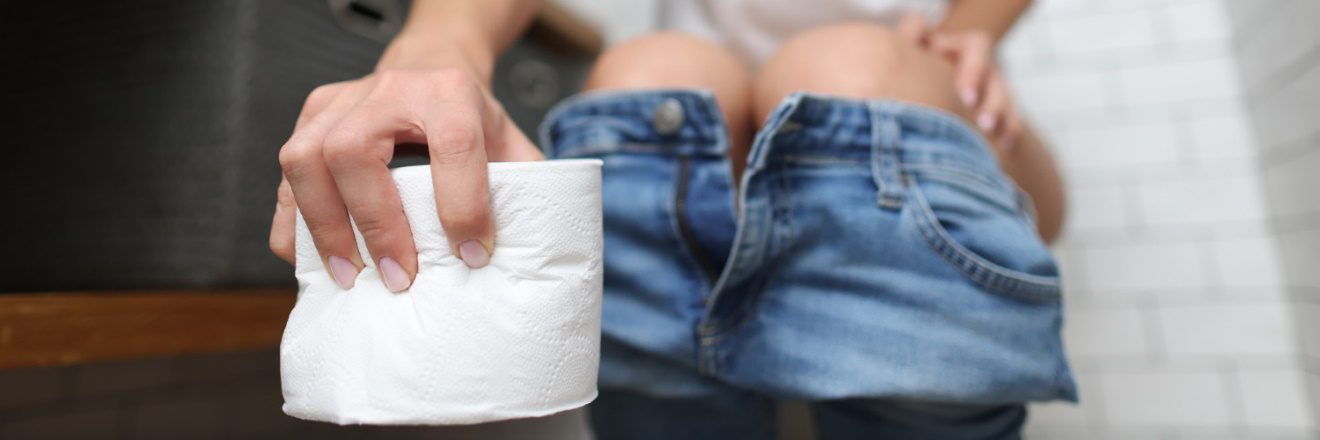
Conclusion
A low carb lifestyle may be attractive but it comes with some precautions. To achieve long term health, intestinal health is important. To elevate stool frequency, using a stool softener is not an optimum option. The treatment should be started in the beginning, when you start getting symptoms of constipation. We have included every remedy for constipation, even if you are not in keto. Constipation can lead to hemorrhoids, a chronic disease, so it is better to switch to low-carb diets to make your stools soft. It is better to make your bodies strong so that they can fight all the diseases. If you face chronic abdominal pains, do not rely on other sources, and take medication as soon as possible.

